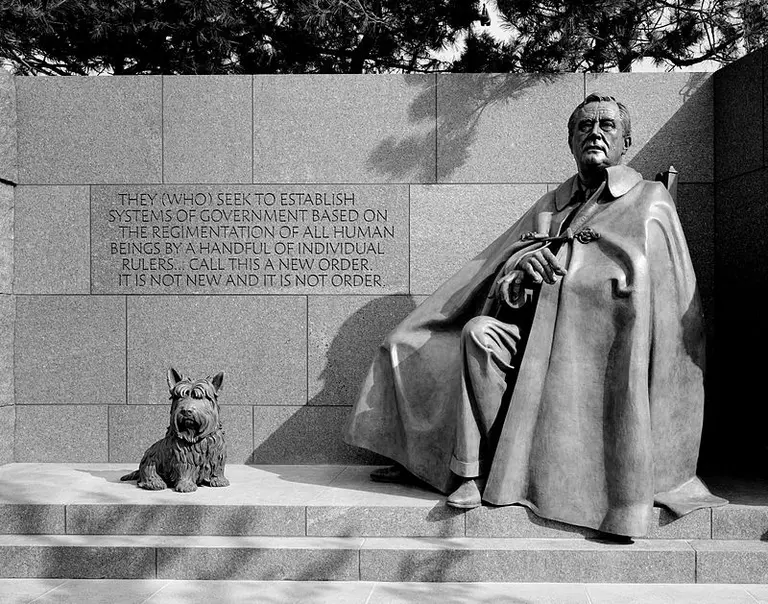
Franklin Delano Roosevelt Memorial featuring Fala, via Wikimedia
FDR’s beloved dog is said to haunt Grand Central Terminal’s secret train track
Get the spooky scoop ahead

Franklin Delano Roosevelt Memorial featuring Fala, via Wikimedia
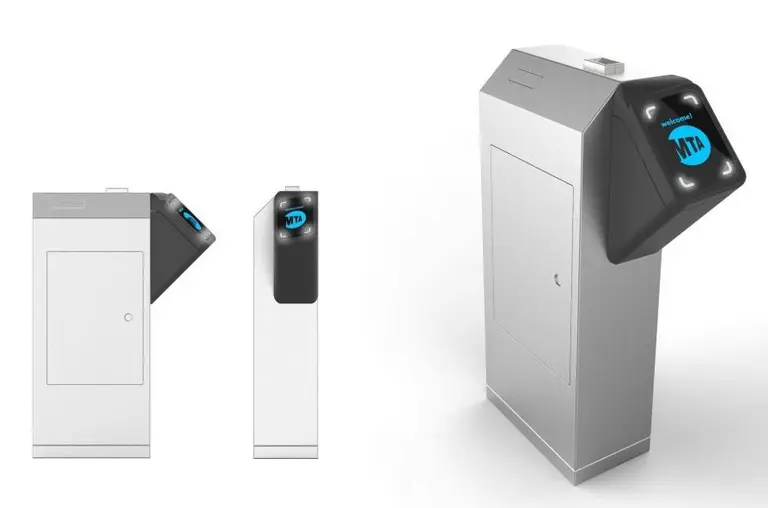
Cubic MTA payment system. Rendering courtesy of Cubic Corporation.
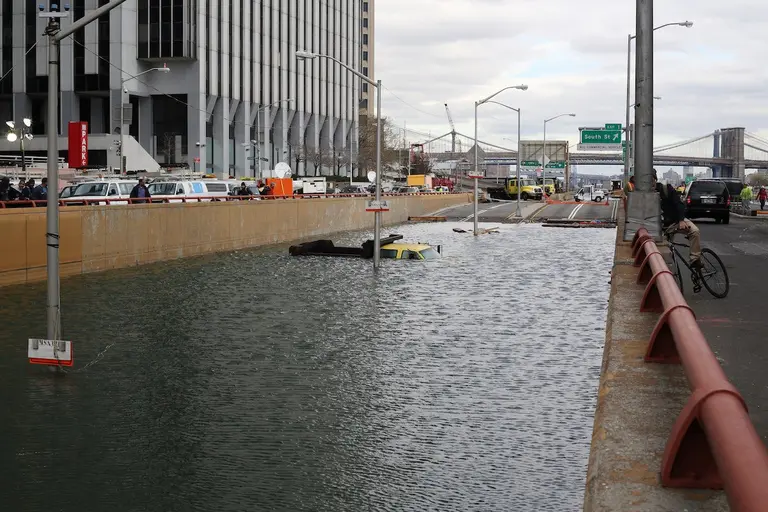
Flooded Battery Park Tunnel after Hurricane Sandy. Image: Timothy Krause via Flickr.
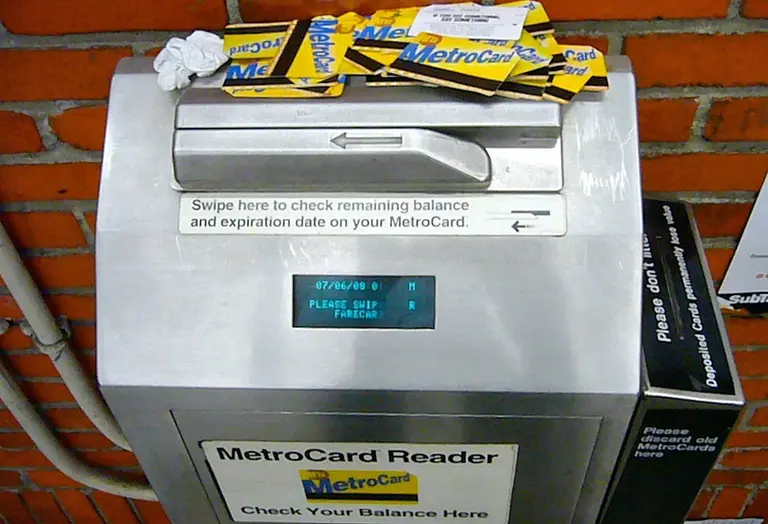
Image: Phil Hollenback via Flickr.
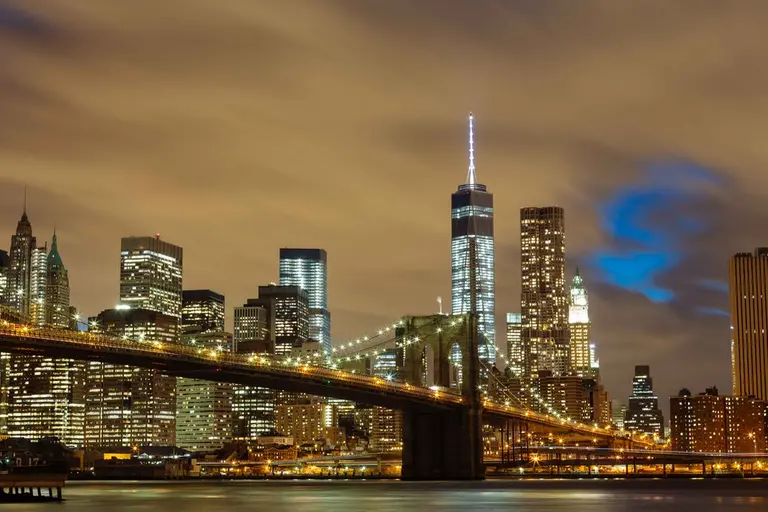
Image via Pexels
Image via Pexels Congratulations New York! You rank #1 in energy efficiency, according to a new study. You might be rolling your eyes at this news because of MTA issues, Penn Station problems, and other mass transportation debacles, but the state of New York ranked first overall—#1 for auto efficiency and #4 for energy efficiency […]
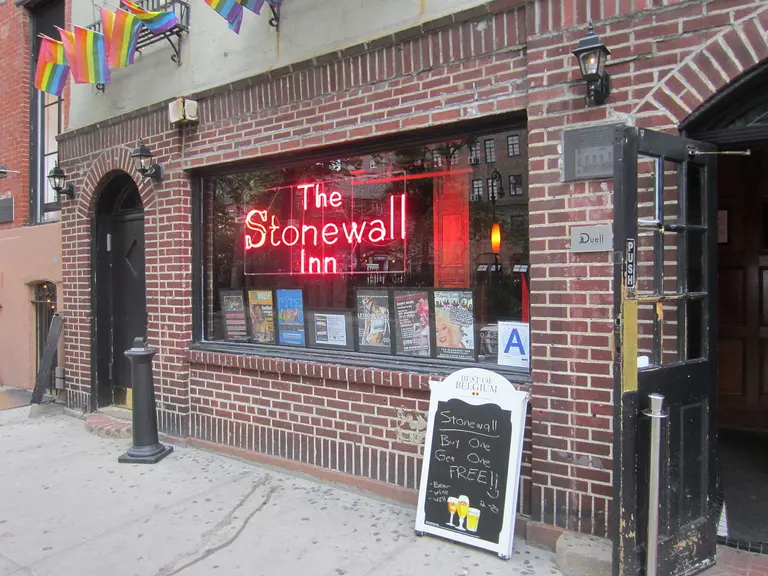
Stonewall Inn, photo via Wikimedia
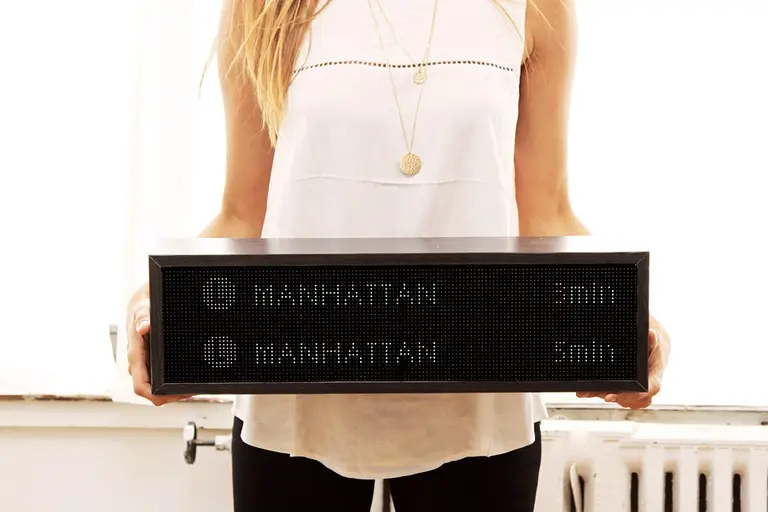
Image courtesy of NYC Train Sign via Instagram

Image: Phil Hollenback via Flickr.
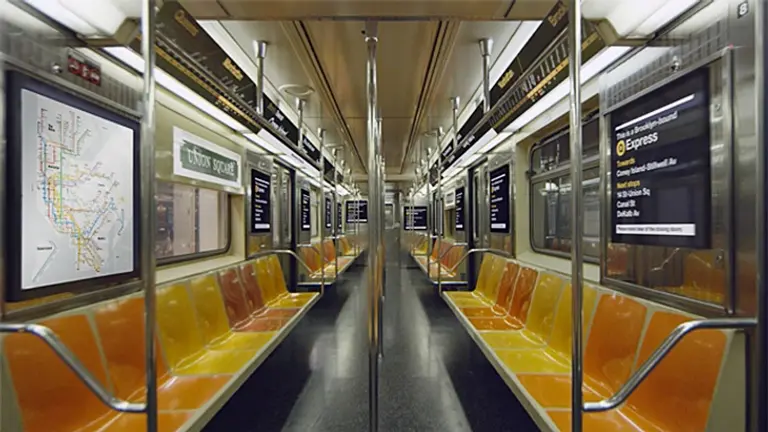
Digital screen rendering, courtesy MTA’s flickr
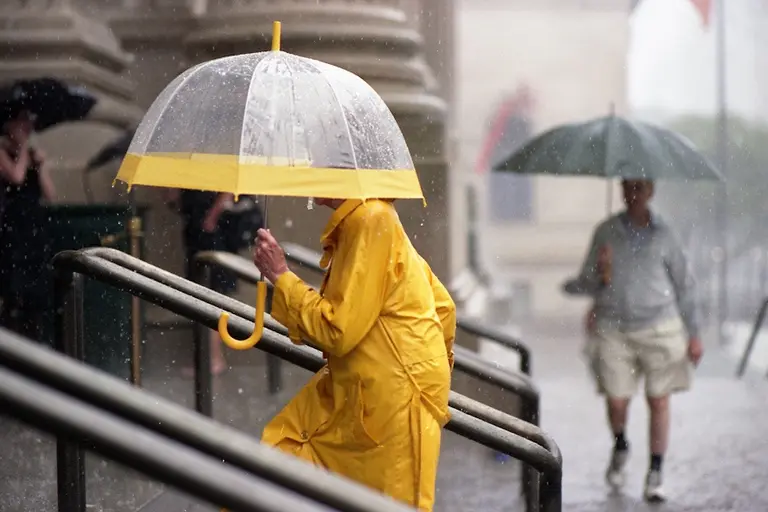
A rainy NYC day, photo courtesy of dalioPhoto on Flickr

The Bartlow-Pell Mansion Museum in the Bronx, photo courtesy of Richard Warren via NYC & Company
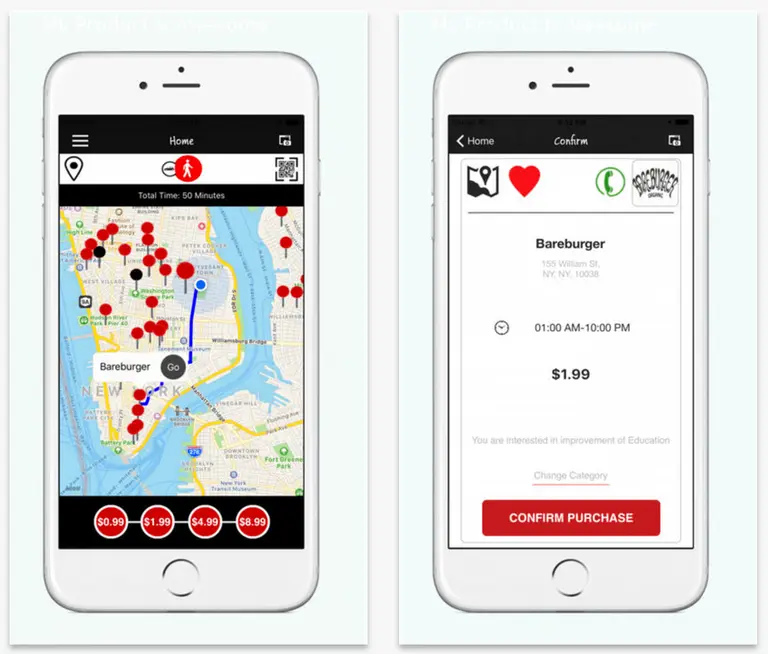
Image via Rockaloo/App Store
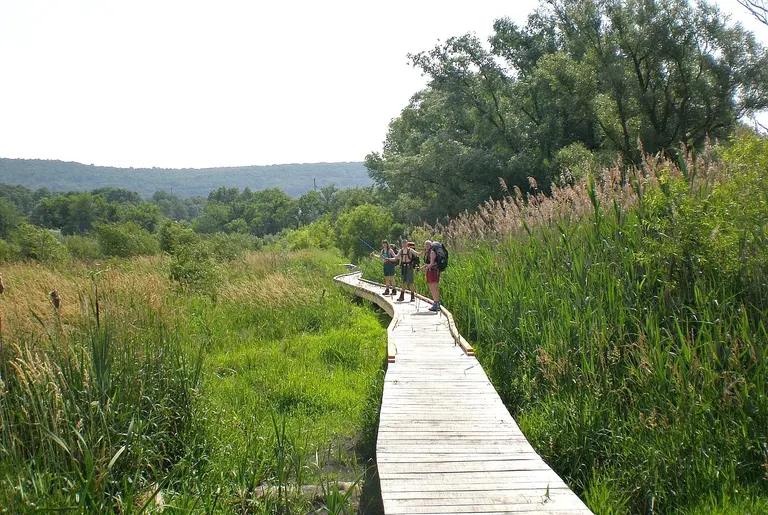
Pochuck Creek, photo via Pixabay
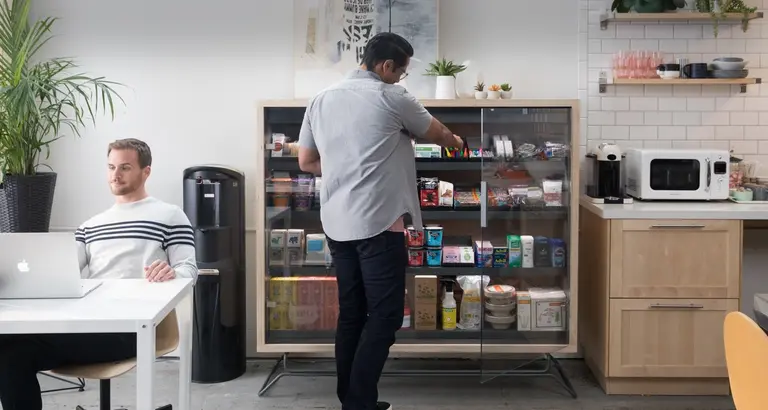
Image via Bodega
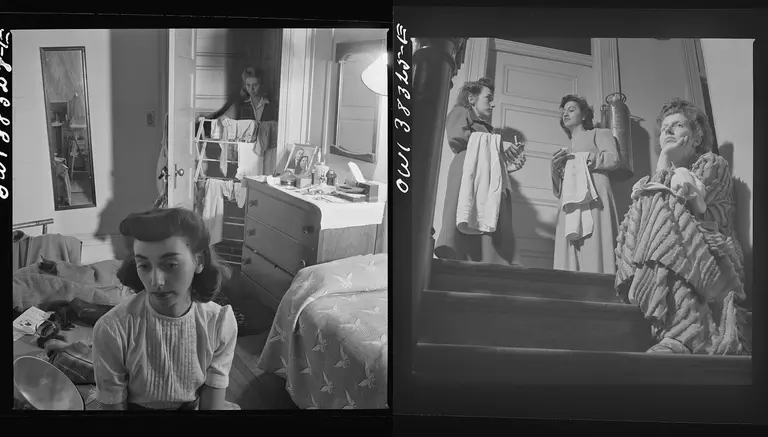
Images by Esther Bubley, 1943. Courtesy of the Esther Bubley Photo Archive
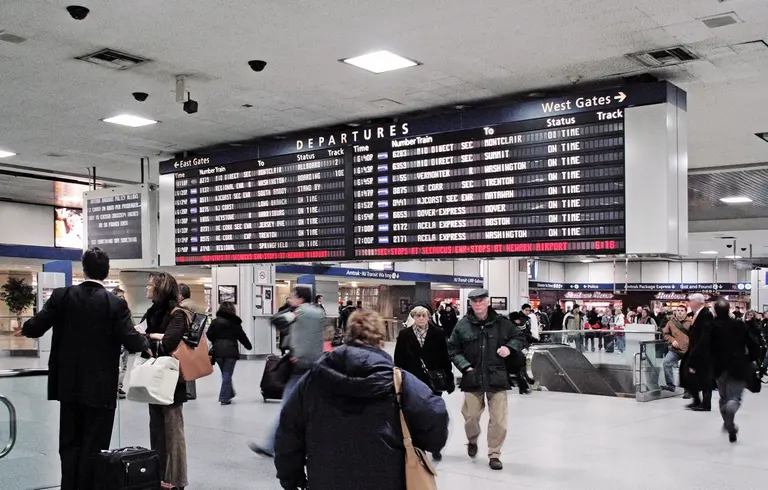
Photo via Kev Harb on Flickr
Notifications